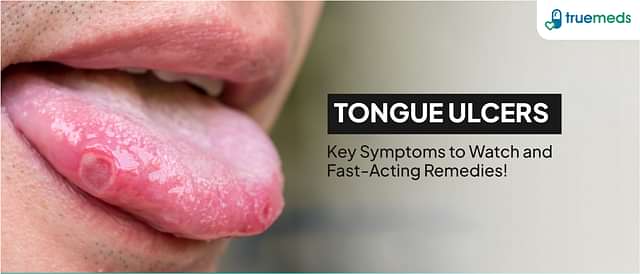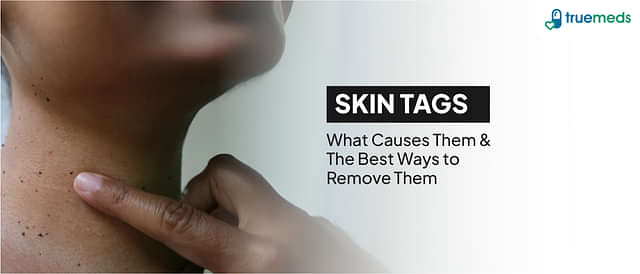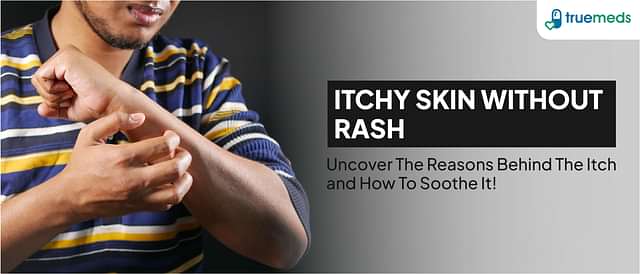Leprosy
Leprosy, also known as Hansen's disease, is a chronic infectious disease caused by the bacteria Mycobacterium leprae and Mycobacterium lepromatosis. It primarily affects the skin, nerves, and mucous membranes, leading to the development of disfiguring sores and nerve damage if left untreated. Although rare, leprosy still exists today, with approximately 200,000 people worldwide infected, mainly in Asia and Africa.
Last updated on : 22 Apr, 2025
Read time : 12 mins
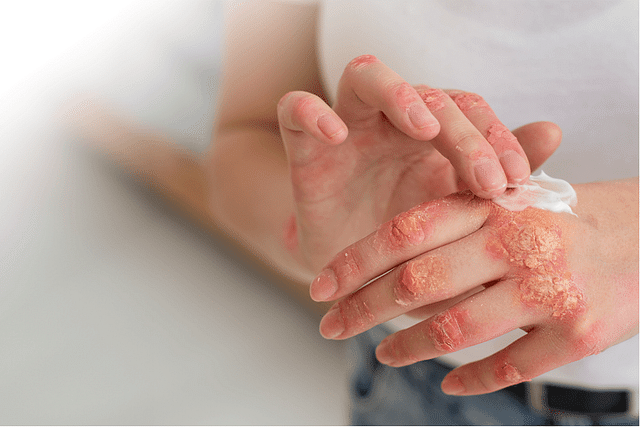
Overview of Disease
Leprosy is an ancient infectious disease that has been present throughout history. Despite advances in medical science and public health, leprosy remains a significant health concern in certain regions of the world. Understanding the leprosy causes, symptoms, and treatment options is crucial for early detection and prevention of long-term complications.
What is Leprosy?
Leprosy, or Hansen's disease, is a chronic granulomatous infection caused by the bacteria M. leprae and, in some cases, M. lepromatosis. These bacteria have a slow multiplication rate, which explains the long incubation period and slow progression of the disease. Although rare, leprosy is still diagnosed in large numbers every year, mainly in Asia and Africa.
Key Factors about Leprosy
| Category | Details |
| Also Referred as | Hansen's disease, Infection due to M. leprae |
| Commonly Occurs In | India, Brazil, and other areas with warm climates; Asia and Africa |
| Affected Organ | Skin, peripheral nerves, mucous membranes, eyes, and internal organs |
| Type | Tuberculoid leprosy, lepromatous leprosy, borderline leprosy, and indeterminate leprosy |
| Common Signs | Skin lesions, loss of sensation, nerve damage, muscle weakness, poor eyesight |
| Consulting Specialist | Infectious disease specialist or dermatologist |
| Managed By | Antibiotics (dapsone, rifampin, and clofazimine), |
Types of Leprosy
There are several classification systems for leprosy, but the most commonly used ones include the following types:
Tuberculoid Leprosy: This is a mild form of the disease, characterised by a few flat skin lesions and some nerve involvement. It is less contagious and can sometimes heal on its own.
Lepromatous Leprosy: This is a more severe form, with widespread skin lesions, nodules, and significant nerve damage. It is more contagious and does not regress without leprosy treatment.
Borderline Leprosy: This type shows characteristics of both tuberculoid and lepromatous leprosy and can persist, regress, or progress to other forms.
Indeterminate Leprosy: This is an early form of the disease with only one skin lesion that is slightly numb to the touch. It is not included in the Ridley-Jopling classification system.
Symptoms of Leprosy
The manifestation of symptoms varies depending on the individual's immune response and the stage of the disease. Leprosy's early signs and symptoms are as follows:
Skin Symptoms: Skin symptoms may include discoloured or lighter patches, nodules, thick, stiff, or dry skin, painless ulcers on the soles of the feet, and painless swelling or lumps on the face or earlobes.
Neurological Symptoms: They can consist of loss of sensation in affected skin areas, increasing the risk of unnoticed injuries, muscle weakness, or paralysis, especially in the hands and feet. They may also involve enlarged nerves usually around the elbows, knees, and sides of the neck, and eye problems that may lead to blindness.
Severe Symptoms: In advanced stages, leprosy can cause paralysis and crippling of hands and feet, shortening of toes and fingers due to reabsorption, chronic non-healing ulcers on the bottoms of the feet, blindness, loss of eyebrows, and nose disfigurement.
Stages of Leprosy
The progression of leprosy can be slow, with symptoms appearing anywhere from 3 to 20 years after infection. The stages are generally characterised by the severity of leprosy symptoms and the body's immune response.
Early Stage: In the early stage, the disease presents with mild symptoms, such as a few flat skin lesions and some nerve involvement. Early detection and treatment at this stage can prevent long-term damage and complications.
Advanced Stage: If left untreated, leprosy can progress to more severe forms, causing widespread skin lesions, nodules, and significant nerve damage. Advanced-stage leprosy requires more intensive treatment and may lead to permanent disabilities.
Causes of Leprosy
As mentioned before, leprosy is caused by the bacteria M. leprae and, less commonly, M. lepromatosis. These bacteria primarily target the skin, peripheral nerves, mucous membranes of the upper respiratory tract, and the eyes. The manifestation of the disease varies among individuals based on their immune response, leading to different forms of leprosy.
Disease Transmission
Leprosy is transmitted in the following ways:
It is transmitted via droplets from the nose and mouth during close and frequent contact with untreated cases.
Prolonged exposure to an untreated person with leprosy is typically necessary for transmission.
The bacteria can also spread through contaminated soil or infected animals like armadillos.
Risk Factors
The major risk factors for leprosy include:
- Contact with an Infected Person: Close and prolonged contact with an untreated person with leprosy, particularly the multibacillary form, can lead to transmission of the disease.
- Endemic Regions: Living in endemic areas, such as India, Brazil, and Indonesia, may also be a contributing factor.
- Weak Immunity: Having a weakened immune system due to conditions like HIV/AIDS or certain medications increases the risk of contracting the disease.
- Genetic Predisposition: Certain genetic factors can make some people more susceptible to the disease.
- Through Infected Animals: Handling armadillos, which are known to carry the bacteria, in the southern United States, can also lead to leprosy.
Complications
Leprosy can lead to various complications if left untreated or improperly managed. Some of these complications are listed below:
- Skin Damage: Skin damage is common, resulting in discoloured patches, nodules, thick or dry skin, and painless ulcers on the feet.
- Nerve Damage: Damage to the nerves can cause numbness, muscle weakness, and paralysis, particularly in the hands and feet. Sensory and motor impairments increase the risk of unnoticed injuries, chronic non-healing ulcers, and secondary infections.
- Eye Problems: Eye-related problems such as iritis, glaucoma, corneal insensitivity, and diminished innervation of eyelid and corneal nerves can lead to scarring and blindness.
- Musculoskeletal Deformities: Deformities like clawing of fingers, foot drop, and reabsorption of digits may occur due to muscle weakness.
- Other Complications: These may include nasal congestion, nosebleeds, nasal septum erosion or collapse, erectile dysfunction, infertility in men, and occasional kidney issues like amyloidosis and renal failure.
Prevention of Leprosy
Leprosy prevention relies heavily on early detection and appropriate treatment.
Early leprosy diagnosis and initiation of multi-drug therapy (MDT) are crucial in preventing disease transmission and reducing the risk of complications.
Avoiding close contact with untreated individuals is also important, as the disease is believed to be transmitted through airborne droplets when affected persons sneeze or cough.
Public health campaigns and education play a vital role in identifying and treating cases early, as well as reducing the stigma associated with the disease.
Implementing these preventive measures can significantly reduce the incidence of leprosy and its associated complications.
Diagnosis & Tests
Diagnosing leprosy involves a combination of clinical examination, skin smears, and biopsy. Some of these procedures include:
Clinical Examination: A thorough physical examination is conducted to identify characteristic skin lesions, nerve thickening, and sensory loss.
Skin Smears: Smears are obtained from affected areas to detect the presence of acid-fast bacilli (AFB), which are the causative bacteria of leprosy.
Skin Biopsy: A skin biopsy may be performed to confirm the diagnosis and determine the type of leprosy.
Additional Tests: In some cases, additional tests such as nerve conduction studies or PCR may be used to support the diagnosis.
Early and accurate diagnosis is essential for initiating appropriate treatment and preventing the progression of the disease and its complications.
Treatment & Management
The treatment of leprosy involves the following:
1. Multi-Drug Therapy (MDT)
This treatment approach combines multiple antibiotics to eliminate Mycobacterium leprae and prevent medication resistance effectively. The World Health Organization (WHO) recommends a standard MDT regimen based on the type of leprosy. The primary drugs used in MDT include dapsone (a sulfone), clofazimine (a phenazine derivative), and rifampin (an antitubercular medicine). In certain cases, the regimen may include ethionamide to enhance treatment effectiveness.
2. Alternative Antibiotic Therapy
In cases where first-line treatment is not suitable, additional antibiotics such as ofloxacin, moxifloxacin, minocycline, and clarithromycin may be used as part of combination therapy to eradicate the bacteria.
3. Supportive Care
Along with MDT, supportive care plays a crucial role in managing complications. This includes wound care, physiotherapy to prevent disability, and rehabilitation programs to improve the quality of life for affected individuals.
4. Regular Follow-ups
Routine follow-ups and monitoring are essential to ensure treatment adherence, detect any signs of relapse, and manage potential adverse drug reactions. Regular assessment helps in early intervention and better long-term outcomes.
When to See a Doctor?
It is crucial to seek medical attention if you suspect you have been exposed to leprosy or if you exhibit any symptoms indicative of the disease.
Pale or reddish skin patches with loss of sensation, thickened or enlarged peripheral nerves with loss of sensation and/or muscle weakness, numbness, hair loss, nosebleeds, or a chronic stuffy nose are all signs that warrant a visit to the doctor.
Early diagnosis and prompt treatment can significantly reduce the severity of symptoms and prevent long-term disabilities associated with leprosy.
Key Takeaways
Leprosy is diagnosed clinically, often through skin biopsy or detection of bacilli in a slit-skin smear.
Leprosy is curable with MDT, which includes dapsone, rifampicin, and clofazimine.
Early detection and treatment are crucial to prevent complications and disabilities.
Patients should be vigilant for skin lesions, nerve involvement, and other symptoms.
Adherence to the prescribed treatment regimen is essential for a complete cure.
Regular follow-ups with doctors are necessary to monitor treatment progress and manage any side effects.
Educating the public about leprosy can help reduce stigma and encourage early reporting of symptoms.
Proper hygiene, avoiding close contact with untreated patients, and prompt treatment can help prevent the spread of leprosy.
FAQs
Is leprosy an inherited condition?
While genetic factors can influence susceptibility to leprosy, the disease itself is not directly inherited from parents to children through genes.
Which animals are known to carry leprosy?
Leprosy has been found in various animal species, including certain primates, armadillos, and red squirrels. Armadillos, in particular, can transmit the disease to humans.
Who has the highest risk of contracting leprosy?
Close contact with individuals who have leprosy, especially those with lepromatous leprosy, poses the greatest risk. Poverty, reduced immune function, and genetic factors also increase susceptibility.
How long can a person with leprosy expect to live?
With timely diagnosis and proper treatment using MDT, individuals with leprosy can be cured and have a normal life expectancy.
Can leprosy be managed with home remedies?
No proven home remedies exist for managing leprosy. Medical treatment with MDT is necessary for effectively curing the disease.
Is Ayurveda an effective cure for leprosy?
Scientific evidence does not support the use of Ayurveda or other alternative medicines as a cure for leprosy. MDT remains the recommended treatment.
Can leprosy be contracted through physical contact?
Leprosy is not highly contagious and usually requires close and prolonged contact with an untreated person for transmission to occur.
References
World Health Organization: WHO. (2023, January 27). Leprosy. https://www.who.int/news-room/fact-sheets/detail/leprosy
MedlinePlus. (2021, May 5). Leprosy - Genetics. https://medlineplus.gov/genetics/condition/leprosy/
Centers for Disease Control and Prevention. (2021, January 28). Hansen's Disease (Leprosy). https://www.cdc.gov/leprosy/index.html
National Institute of Allergy and Infectious Diseases. (2016, June 28). Leprosy (Hansen's Disease). https://www.niaid.nih.gov/diseases-conditions/leprosy-hansens-disease
Leprosy Classification, Clinical Features, Epidemiology, and Host Immunological Responses: Failure of Eradication in 2023. (2023, September 6). ncbi.nl.nih.gov. https://www.ncbi.nlm.nih.gov/pmc/articles/PMC10557090/#:~:text
Check Related Salts
Browse Other Conditions
Latest health articles
Top Health Essentials


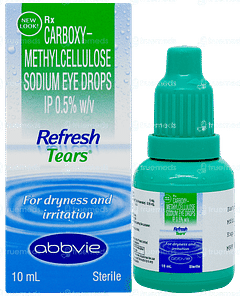











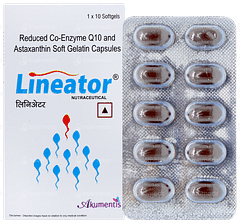


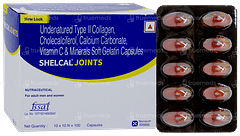
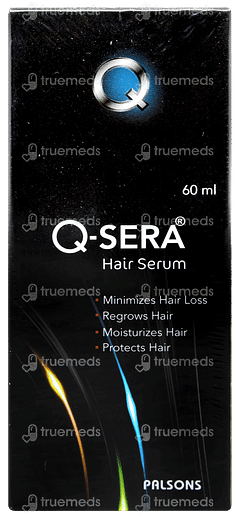

Disclaimer
Top-Selling Medicines:
...View more
Top-OTC medicines:
...View more
Company
About UsHealth ArticleHealth StoriesDiseases & Health ConditionsAyurvedaAll MedicinesAll BrandsNeed HelpFAQSubscribe
Registered Office Address
Grievance Officer
Download Truemeds
Contact Us
Our customer representative team is available 7 days a week from 9 am - 9 pm.
v4.3.8
2025 - Truemeds | All rights reserved. Our content is for informational purposes only. See additional information.
Our Payment Partners











